
Website speed is an important ranking factor, if your website loads slowly, your bounce rate will be high. People will not wait for your web pages to load; they will leave and go to your competitors.
Here are the 8 things you can do to improve your website speed today.
If you want to know how fast your website loads, Google Pagespeed Insights is a free tool that gives you all the metrics on how your website speed is performing.
Slow website speed is one of many businesses’ biggest issues.
Here are the 8 things you can do to improve your website speed today.
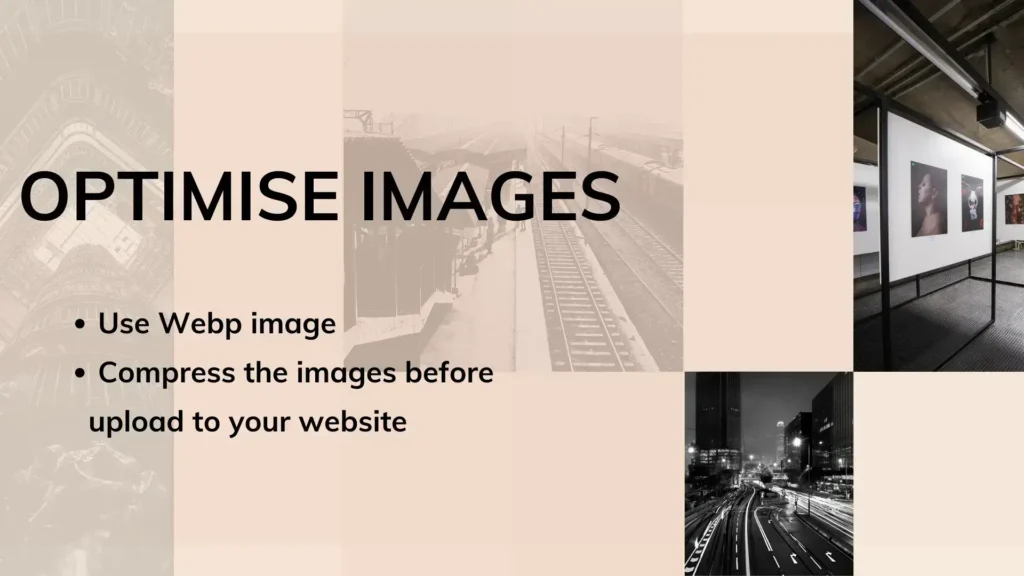
Convert your images to Webp format, as it is smaller file than PNG, JEPG and other format images, best suitable for website. However, you still need to compress them to smaller files before uploading them to your website.
If they are too large, they will slow down your website’s speed.
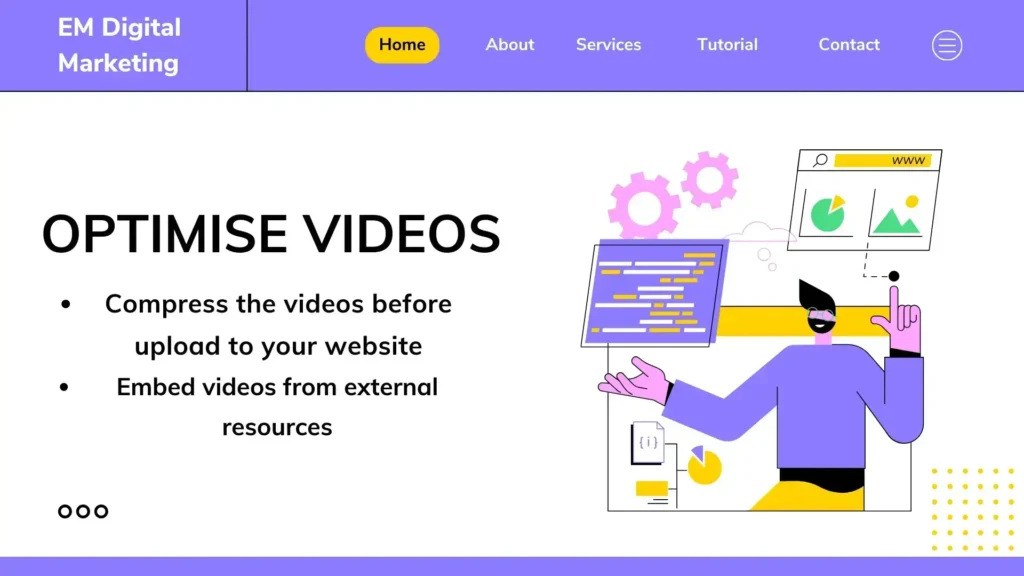
If you want self host your videos on your website, make sure to compress them to smallest file as possible without compromise the quality.
Or you can embed them from external resources such as YouTube, Vimeo, etc. I personally prefer using YouTube. I still suggest you to compress your video before upload to YouTube.
This will reduce the loading time.
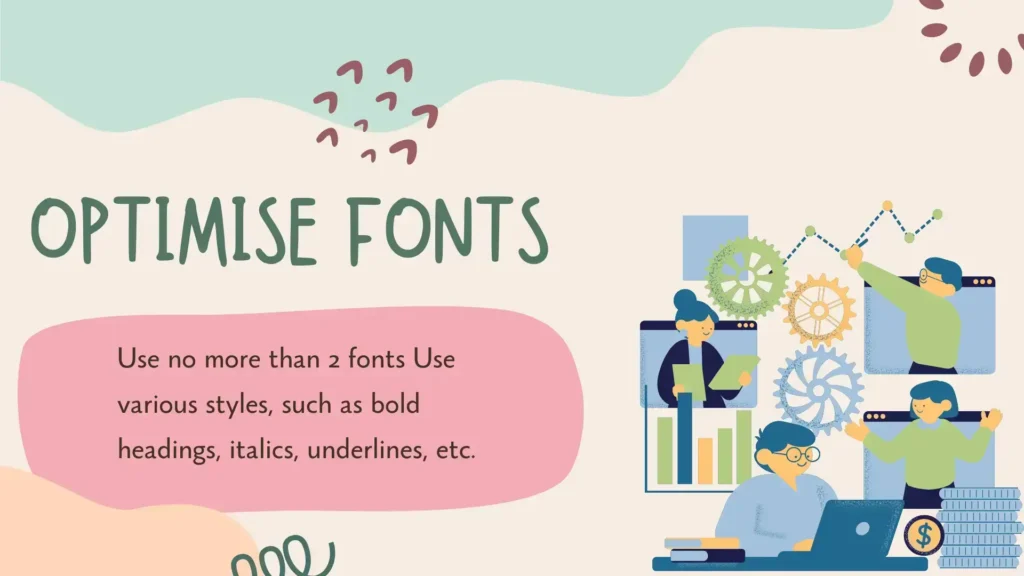
Use too many types of fonts will increase your website loading time. Yes. It will. Trust me.
In fact, you donot need some many different type of fonts, two types fonts should be enough for most of websites. You can use various styles with the two fonts, such as bold headings, italics, underlines, or use different colours and sizes, etc.

If your website host is slow, whatever how you optimise your website, it will be slow. So, it is very important to choose a fast host and choose a suitable package for your website, if your website contain a large amount of videos, images and content, you will need a higher level website host package.
What about your content management system? Simple, you will definitely need a fast Content Management System, WordPress is an open source CMS, it is fast and always perform well. It also has hundreds plugins to choose from if you want to add in more functionalities on your website.
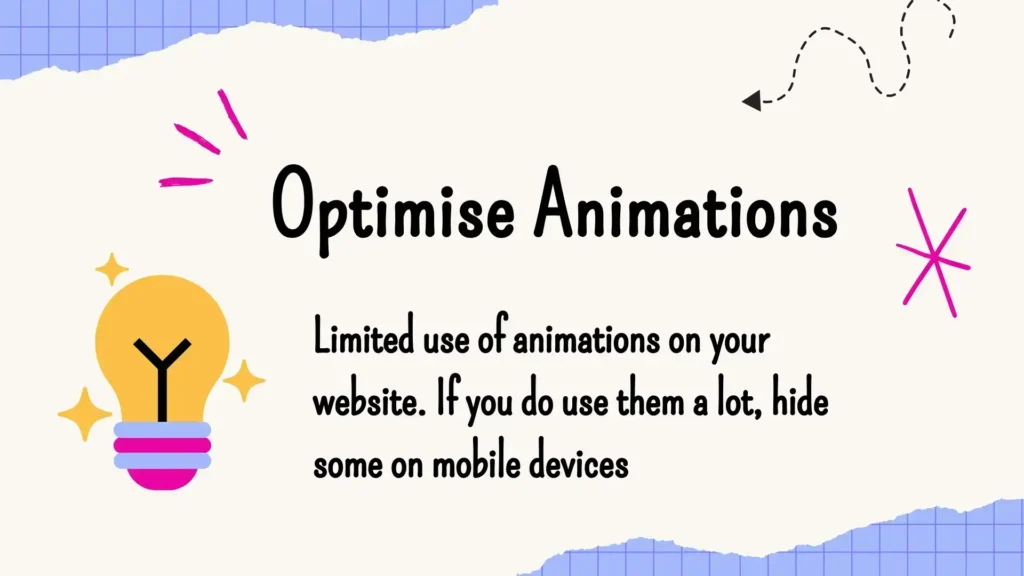
It is very common using animations on website design. However, if you use too many of them, they will take longer to load and slow down your website speed.
Hide some of them on mobile device to prevent them from slowing down mobile speed.
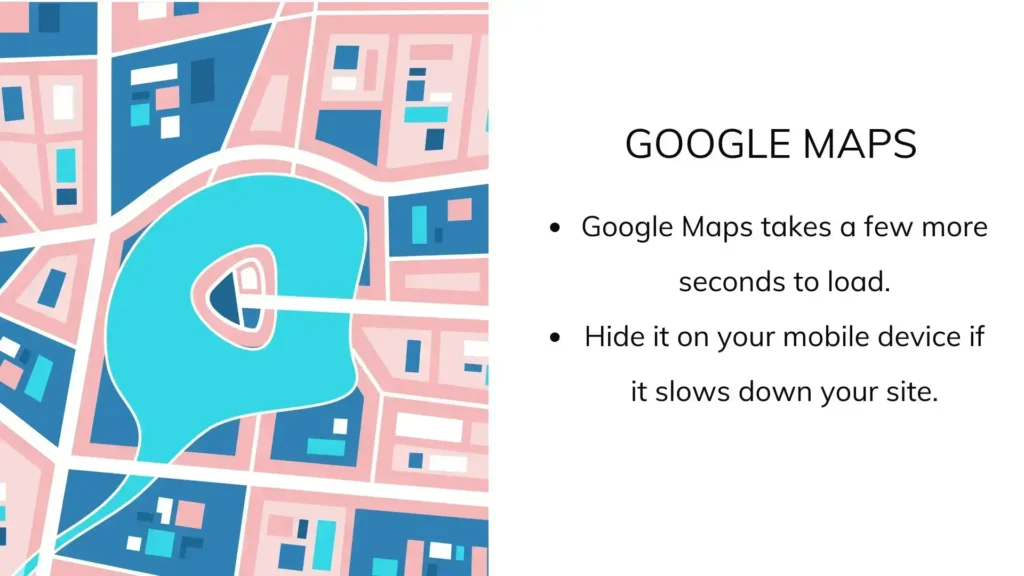
Many businesses have Google map and captcha on their website. I personality have both of them on my website. Believe it or not, they take 2 or more seconds to load.
I suggest to hide them on your mobile device if they slowing down your mobile speed.
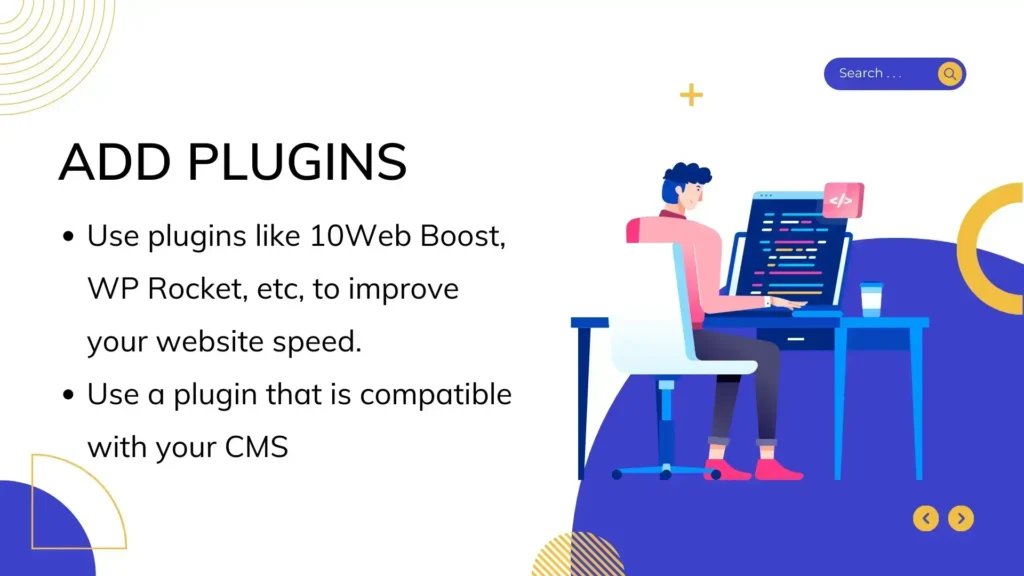
There are many website speed optimisation plugins on WordPress, such as 10web boost, WP rocket, etc. Choose one that is compatible with your website.
Website speed optimisation plugins are powerful tools that can boost your website speed in a few seconds, but they are not magic tool, you still need to optimise your images, videos, content and all of that to get the best results.

Optimise your website speed after each change is very important because everything you do on your website will impact its speed performance. Therefore, it needs to be optimised after every change.
2025 @EM Digital Marketing Ltd.
All rights reserved.
Company Number: 752077 Ireland